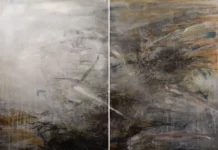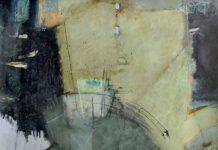
Harvard Art Museums/Fogg Museum, Gift of James N. Rosenberg, 1950.48.
© Estate of John Marin/Artists Rights Society (ARS), New York.
For generations of American artists watercolor has been a medium of innovation and experimentation. While the styles and subjects of the work have changed dramatically over the century — from vibrant floral still lifes and radiant landscapes to surrealistic fantasies and immersive abstract works — the medium’s unique ability to capture light has been the consistent through line.
This summer, the Harvard Art Museums are presenting over 100 years of watercolor paintings. American Watercolors, 1880–1990: Into the Light, on display through August 13, 2023, in Cambridge, Massachusetts, showcases more than 100 watercolors by over 50 well-known and historically underrepresented artists selected from the museums’ deep and diverse holdings — “a rare opportunity because of the light-sensitive nature of these works,” organizers write.
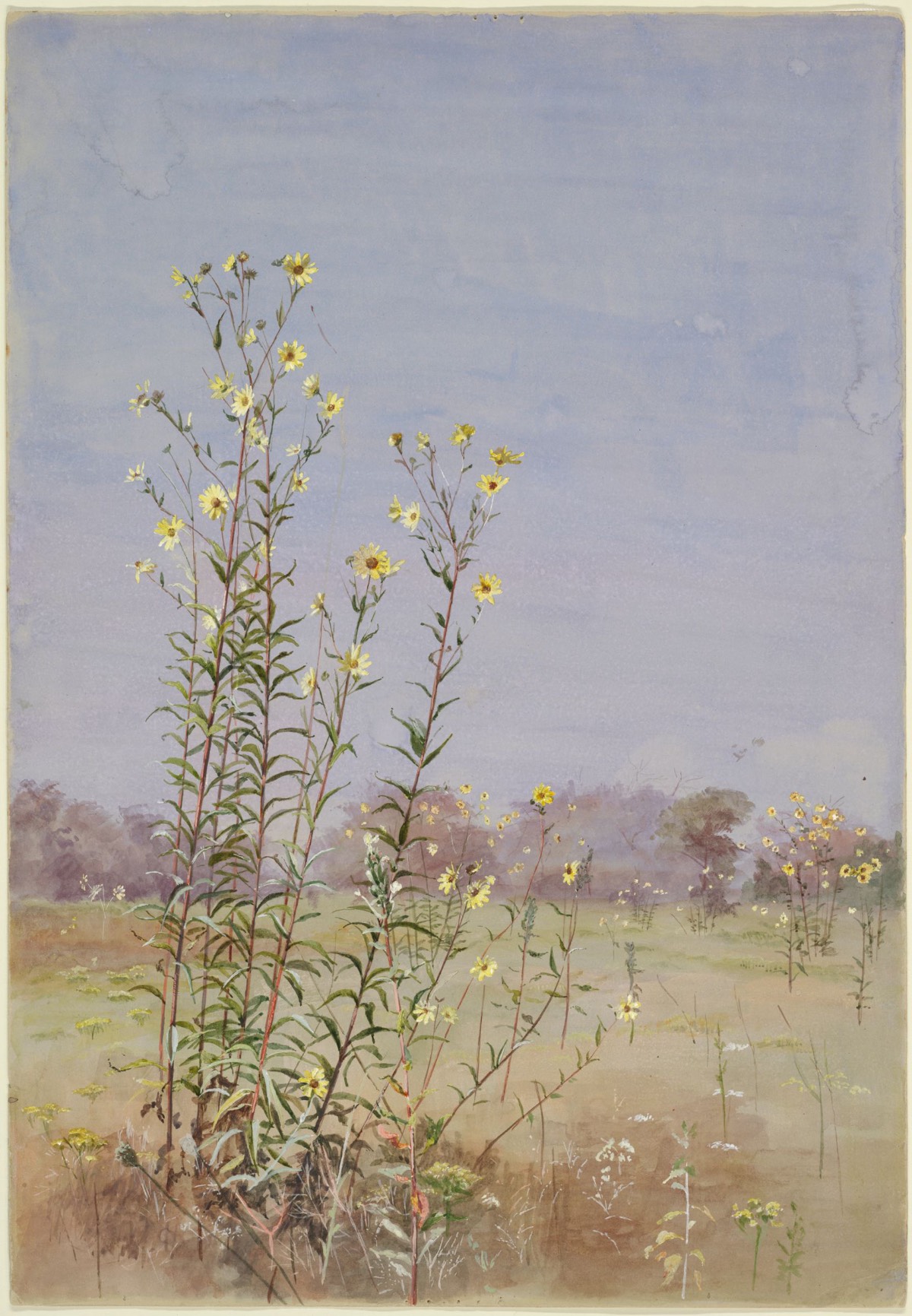
1870-1879
Fidelia Bridges (Salem, MA 1835–1924 New Canaan, CT) American
Watercolor and gouache on gray-green wove paper
32.9 x 22.8 cm (12 15/16 x 9 in.)
Harvard Art Museums/Fogg Museum, Gift of Theodore E. Stebbins Jr.
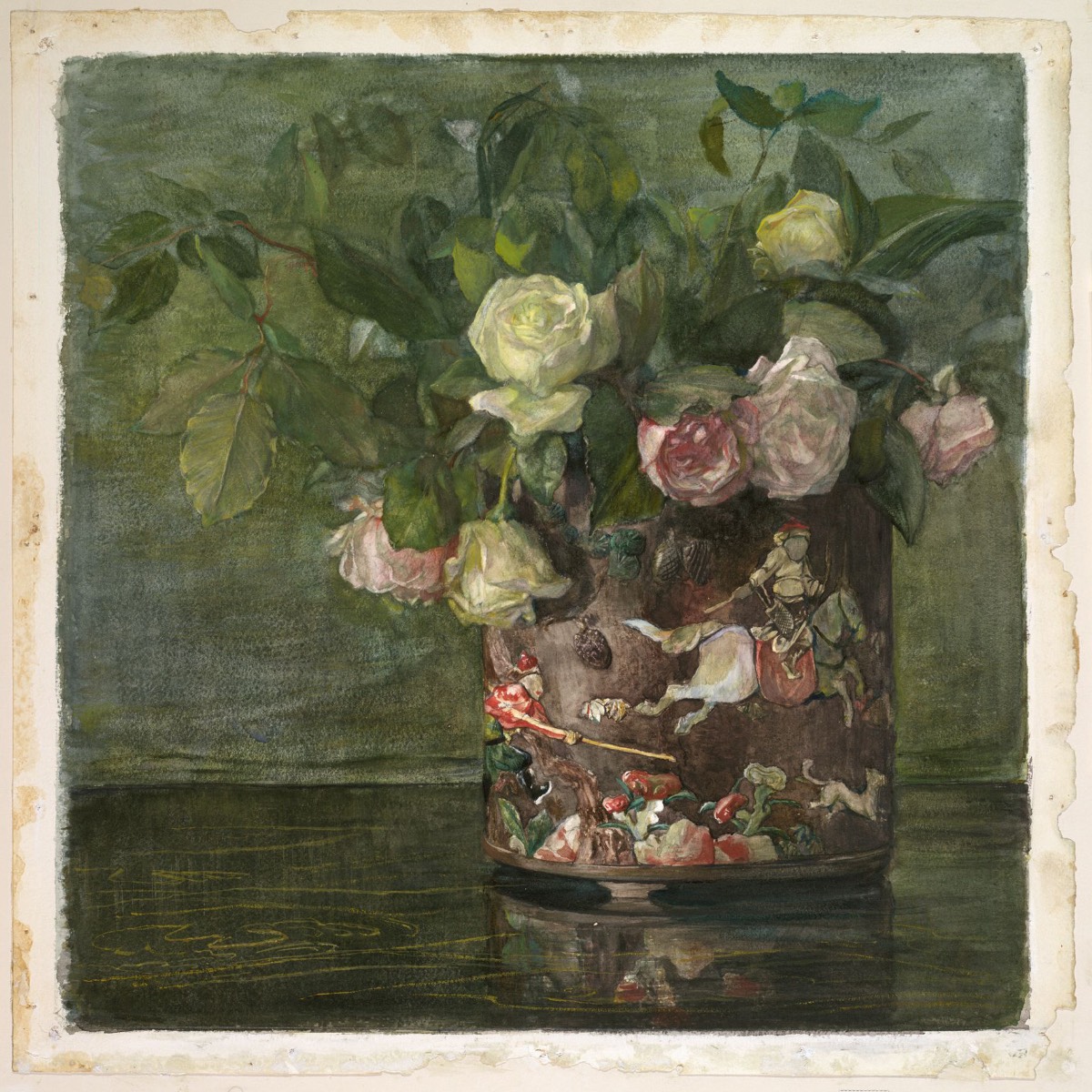
Chinese Pi-tong
1879
American
Transparent and opaque watercolor over graphite on off-white wove paper
43.2 x 43.2 cm (17 x17 in.)
Harvard Art Museums/Fogg Museum, Bequest of Grenville L. Winthrop
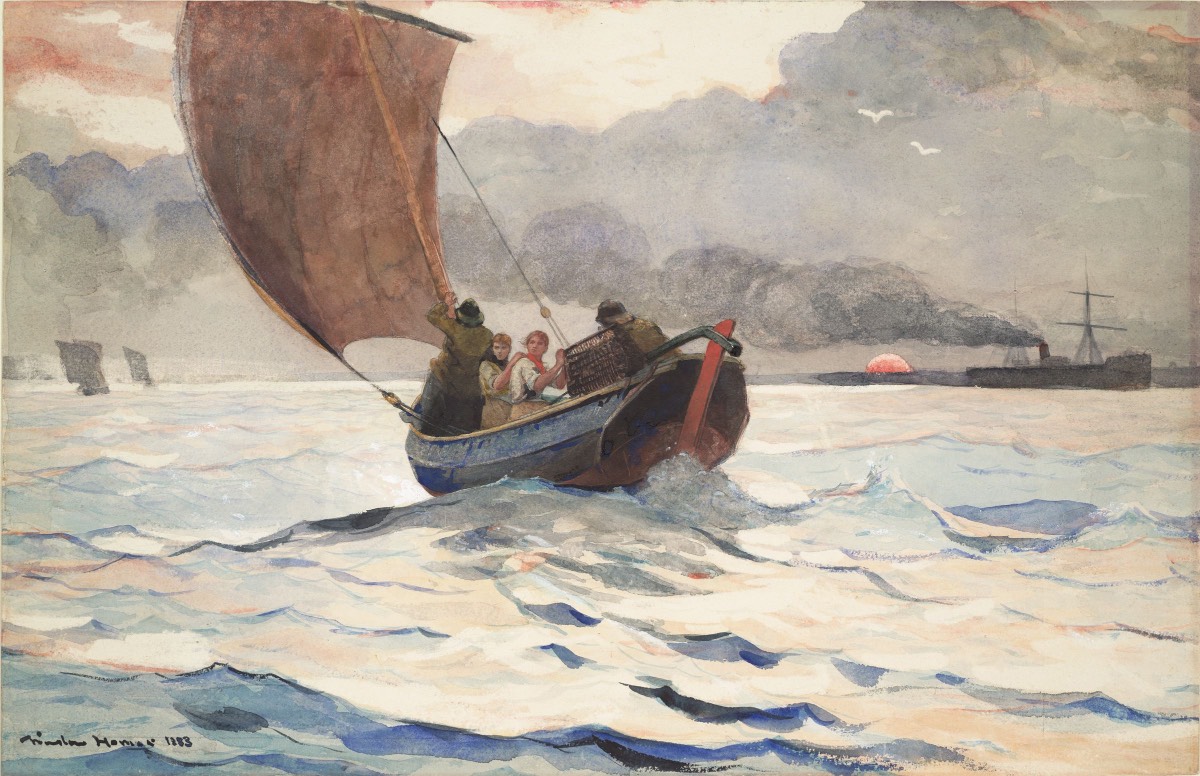
Returning Fishing Boats
1883
American
Transparent and opaque watercolor over graphite on off-white wove paper
40.9 x63.3 cm (16 1/8 x24 15/16 in.)
Harvard Art Museums/Fogg Museum, Anonymous Gift
“This is a different presentation of watercolors and an unusually broad one,” said exhibition co-curator Joachim Homann. “There are the masterpieces by Winslow Homer, John Singer Sargent, and John La Farge that have endeared the medium to us, but there are many artists over subsequent decades who have engaged with watercolors, who came to the medium from different angles, different backgrounds, some of them with academic training and others as amateurs, who are also included.”
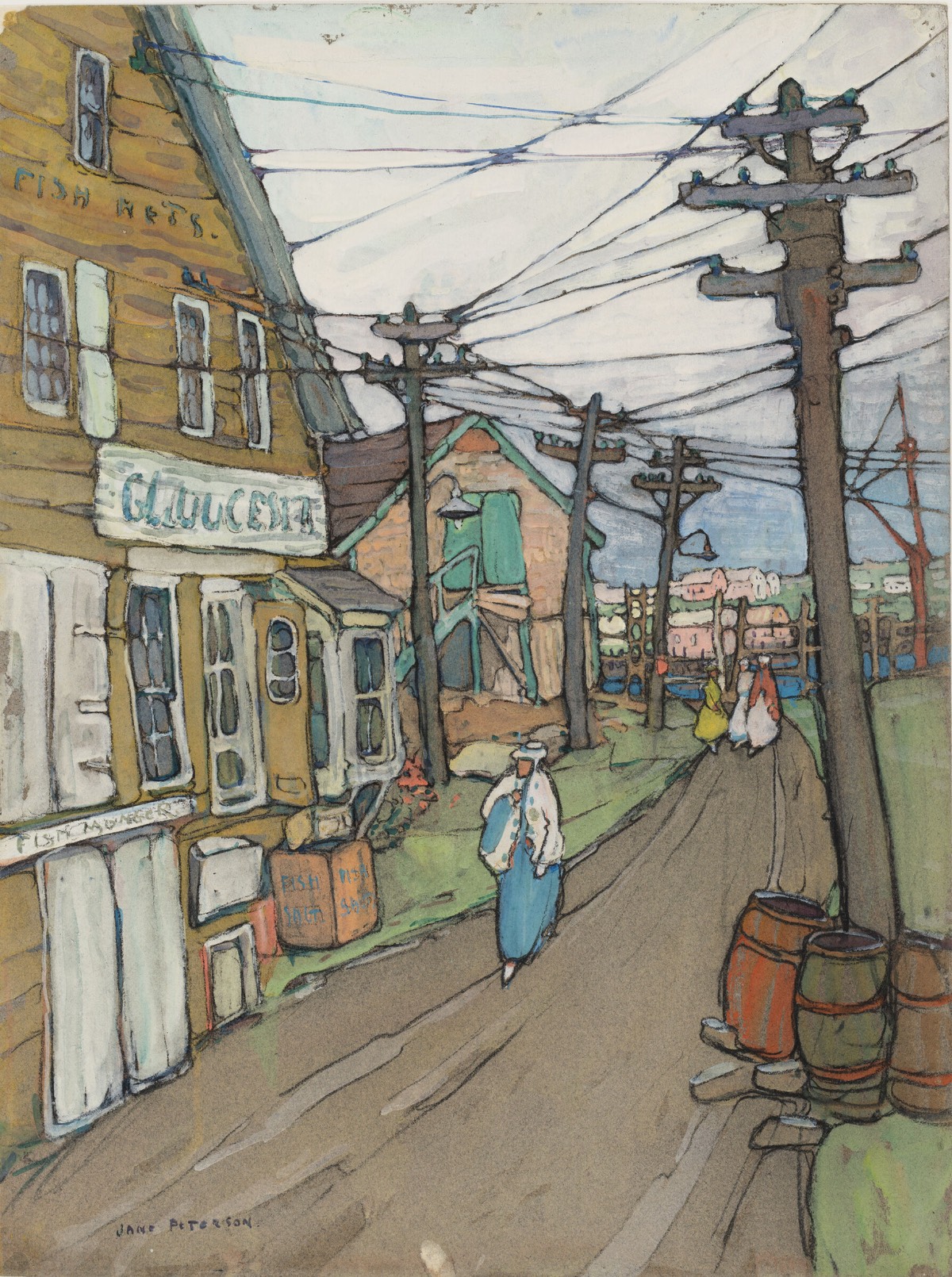
Old Street, Gloucester
c. 1920
American
Transparent and opaque watercolor and charcoal on gray wove paper
61.3 x 46 cm (24 1/8 x 18 1/8 in.)
Harvard Art Museums/Fogg Museum, Gift of Martin Horwitz
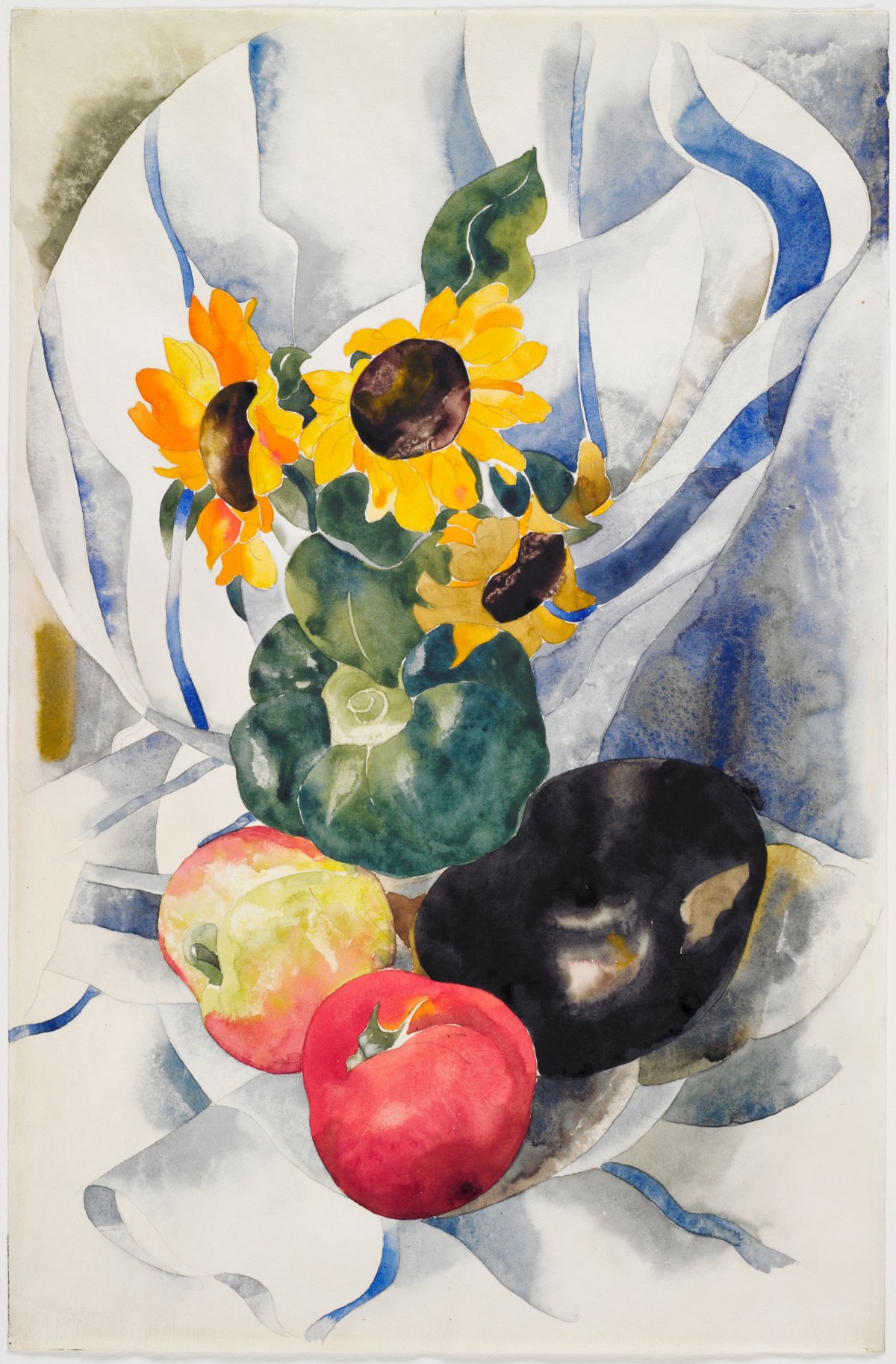
Fruit and Sunflowers
c. 1924-1925
American
Watercolor and graphite on off-white wove paper
45.7 x 29.7 cm (18 x 11 11/16 in.)
Harvard Art Museums/Fogg Museum, Louise E. Bettens Fund
The installation presents the work in roughly chronological order, beginning with rarely seen works by 19th-century artists such as Winslow Homer, John La Farge, John Singer Sargent, and Fidelia Bridges, then extending to the generation of celebrated modern artists, including John Marin, Edward Hopper, Jane Peterson, and Charles Burchfield. Mid-century experiments by Mark Rothko, Beauford Delaney, Philip Guston, and Dorothy Dehner attest to the potency of the medium for artists working abstractly. Provocative and powerful works by Sol LeWitt, Richard Foster Yarde, Hannah Wilke, and Richard Tuttle, among others round out the exhibition. Along the way, watercolors by Bill Traylor and Zelda Fitzgerald demonstrate that artists did not have to be trained professionals to do important work. Pavel Tchelitchew, Alfonso Ossorio, Eva Hesse, and George Grosz are some of the many artists born abroad who immigrated to the United States in the 20th century and went on to change the face of American art.

Highland Light
1930
American
Watercolor and graphite on rough white wove paper
42.3 x65.3 cm (16 5/8 x25 11/16 in.)
Harvard Art Museums/Fogg Museum, Louise E. Bettens Fund
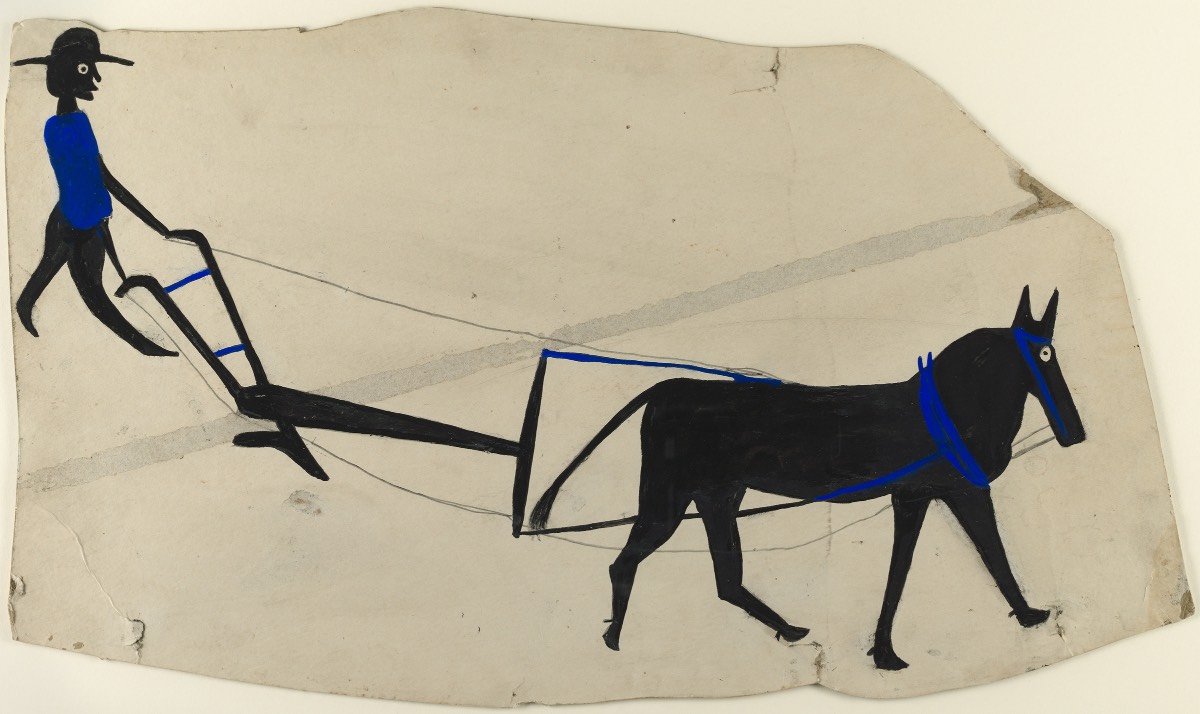
Mule and Plow
c. 1939-1942
American
Opaque watercolor and graphite on paper-faced board
irregular: 38.6 x 65.7 cm (15 3/16 x 25 7/8 in.)
Harvard Art Museums/Fogg Museum, Collection of Didi & David Barrett ‘71
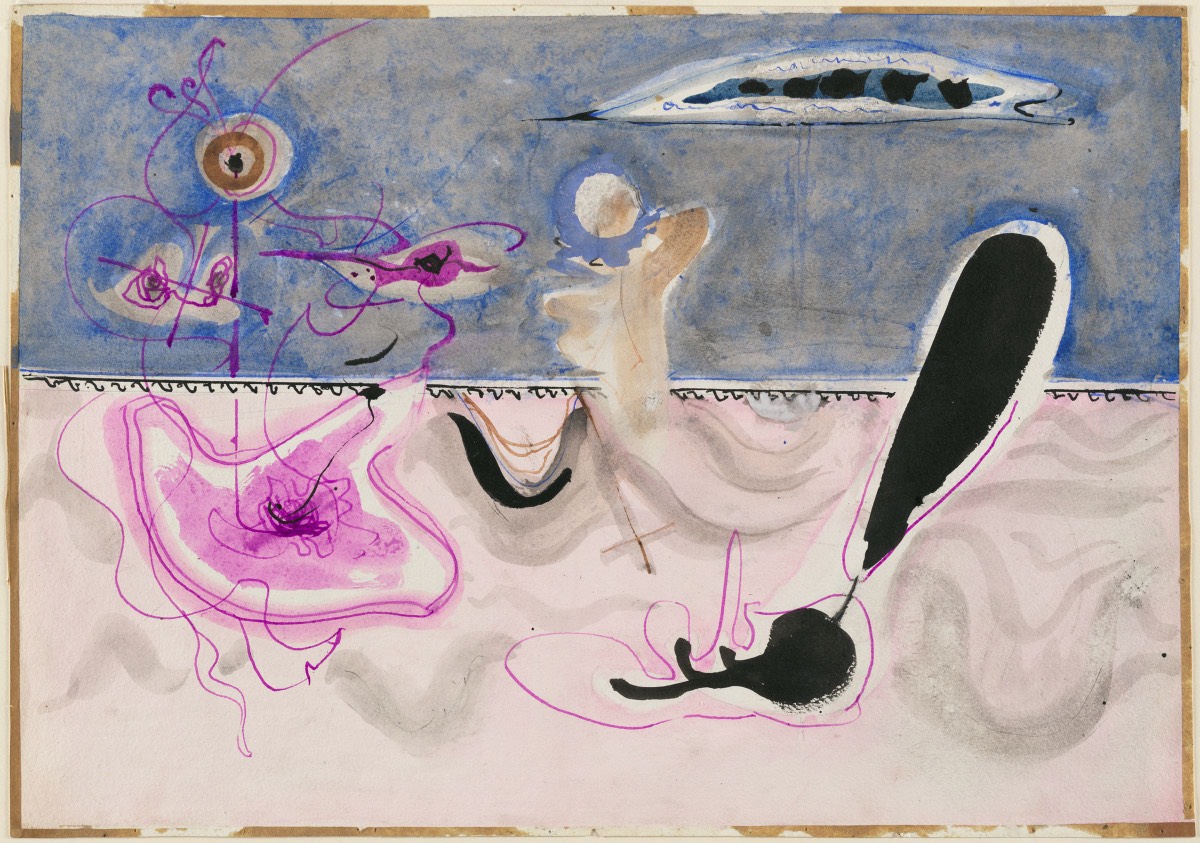
Untitled
c. 1944
American
Transparent and opaque watercolor and black ink over graphite on white wove paper
36.7 x 52.5 cm (14 7/16 x 20 11/16 in.)
Harvard Art Museums/Fogg Museum, Gift of The Mark Rothko Foundation, Inc.
The exhibit also includes a recently acquired complete watercolor kit, c. 1863–81, from Winsor & Newton, as well as some of John Singer Sargent’s own watercolor tubes, brushes, and a scraper. Sealing-wax sticks from Alfonso Ossorio’s studio are also included.
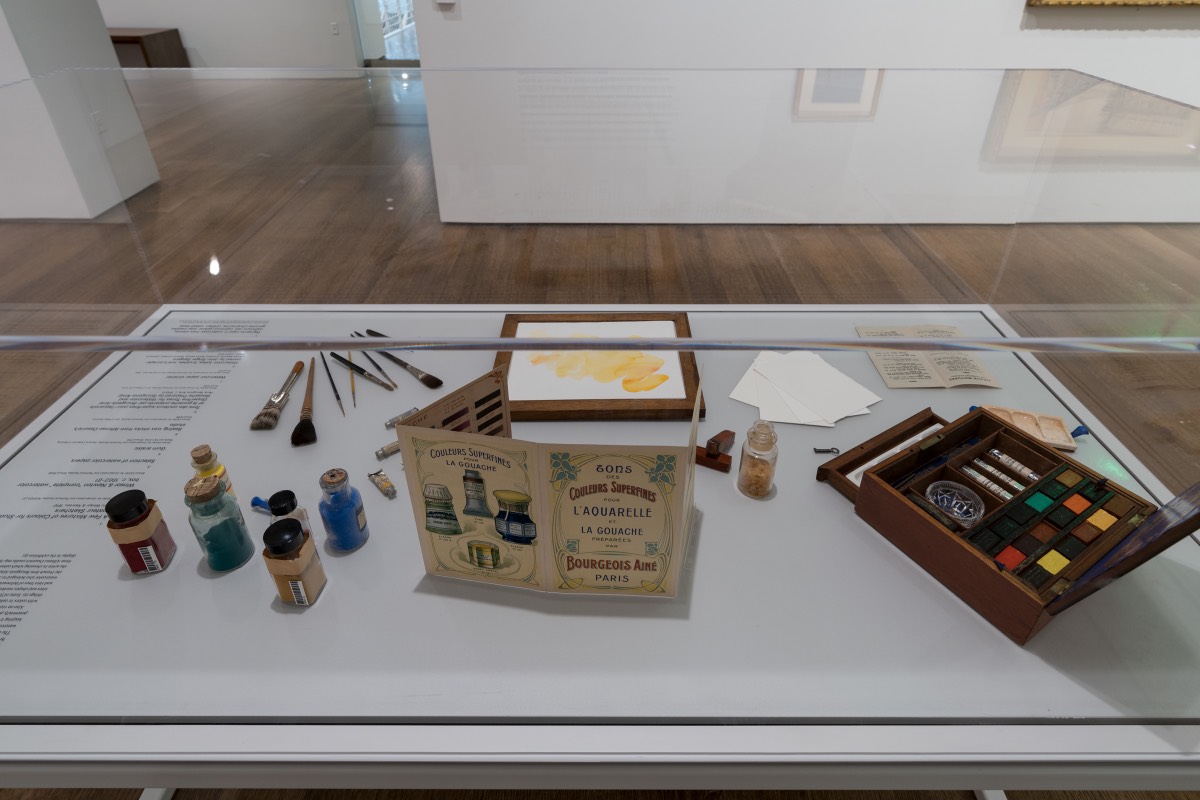
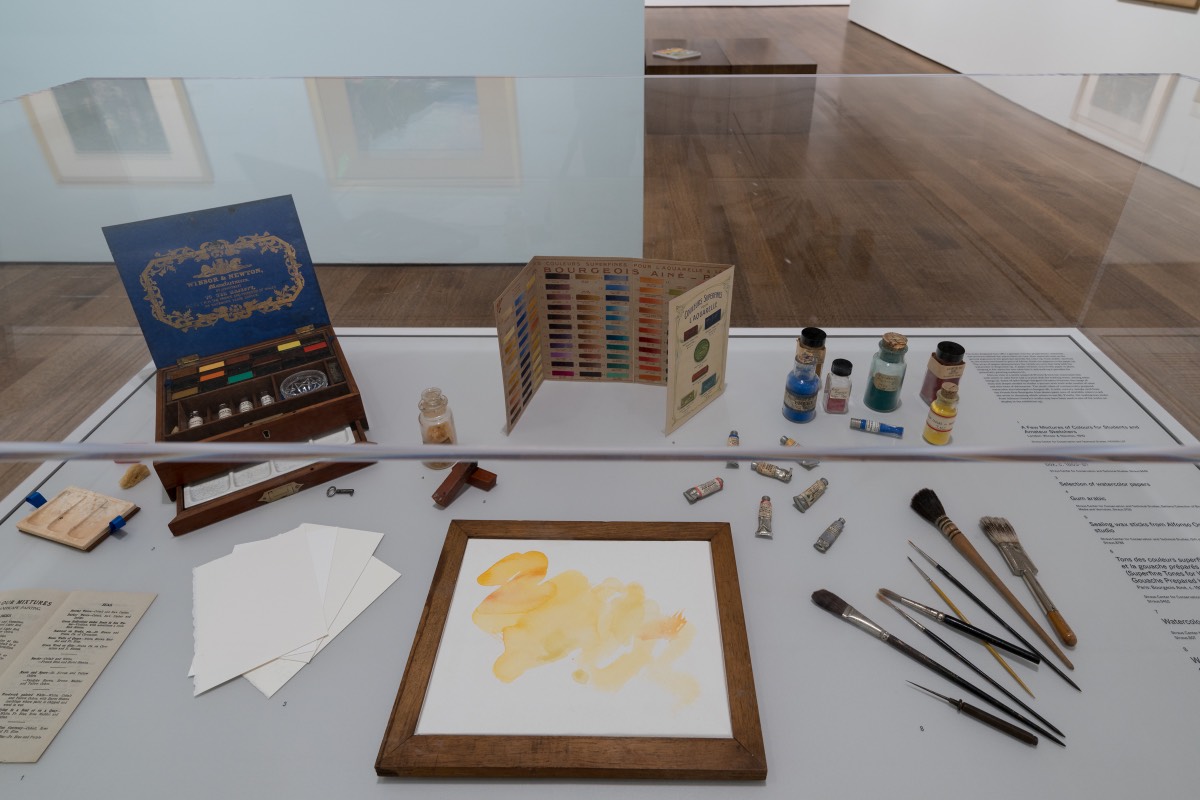
“Watercolor is a medium that allows us to tell a richer and more complex story of American art, and we are very proud to present a cross-section through a collection that is very dynamic and that has grown in the process of preparing this exhibition,” said Homann.

Massachusetts)
Cunard Street, Interior II
1980
American
Watercolor on white wove paper, three sheets overlapping, not joined
76.2 x 111.1 cm (30 x 43 3/4 in.)
Harvard Art Museums/Fogg Museum, Arthur K. and Mariot F. Solomon Collection
Today, watercolor is celebrated and practiced by top artists around the world. Join the party at next year’s Watercolor Live!

